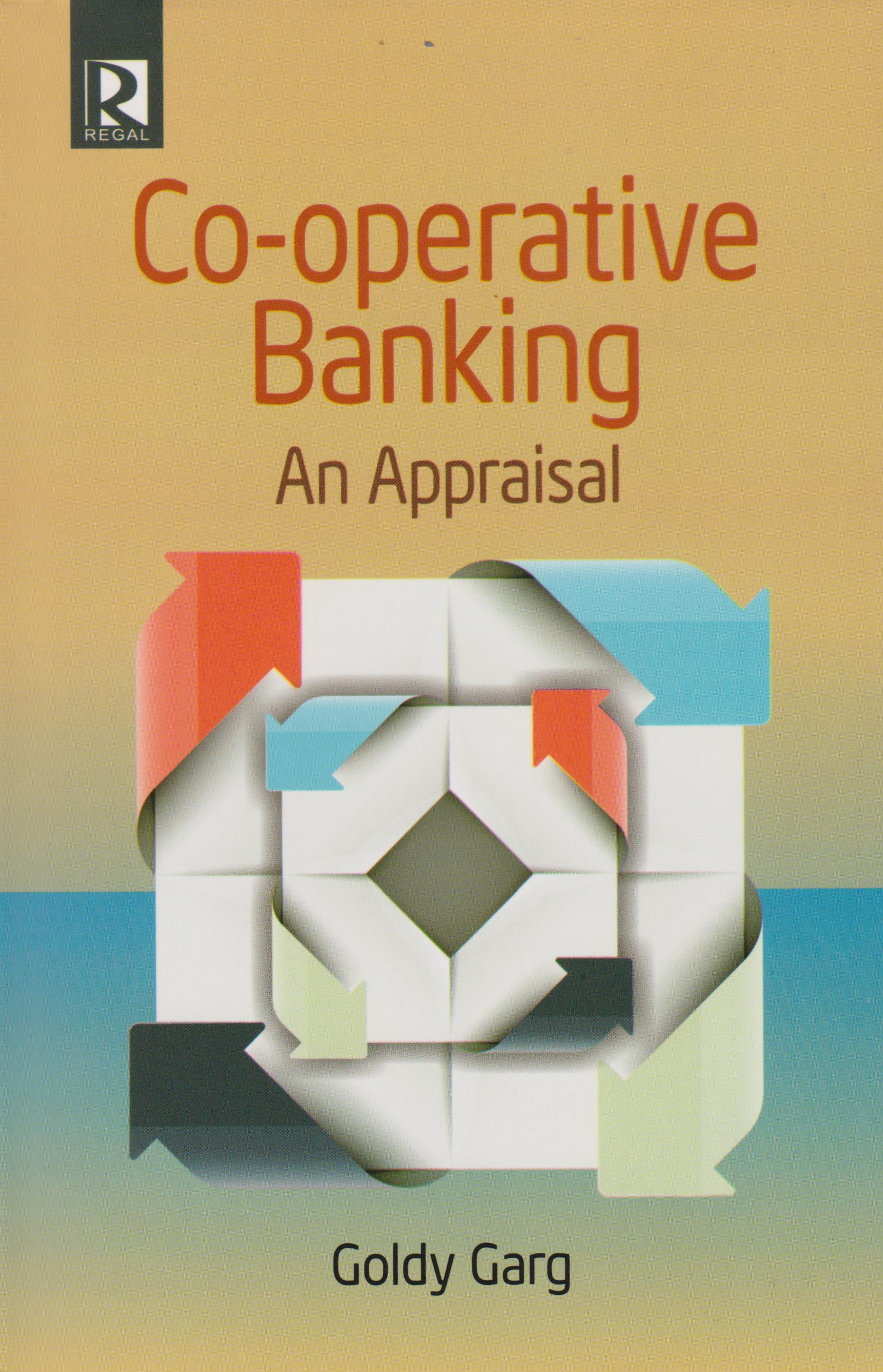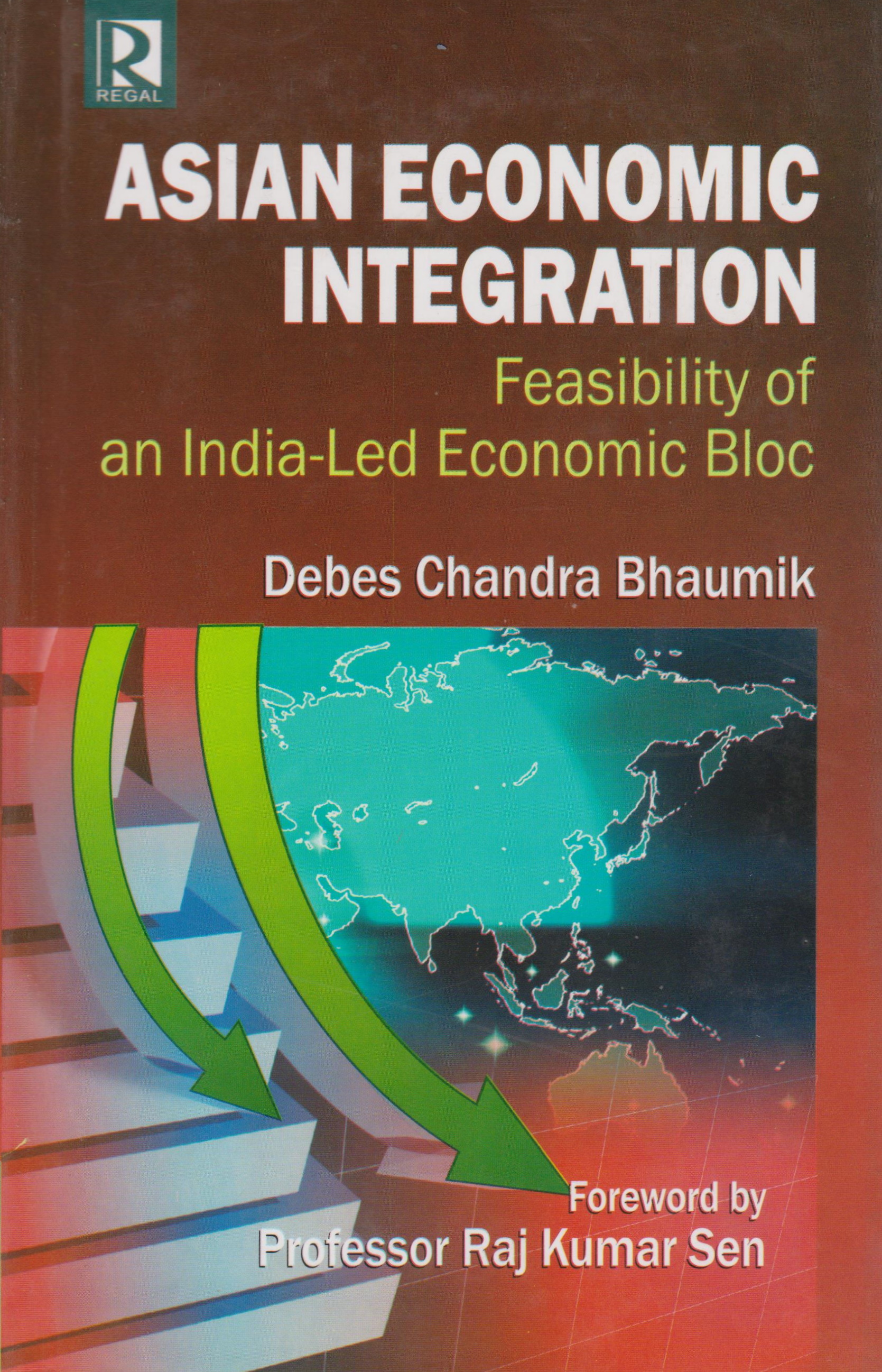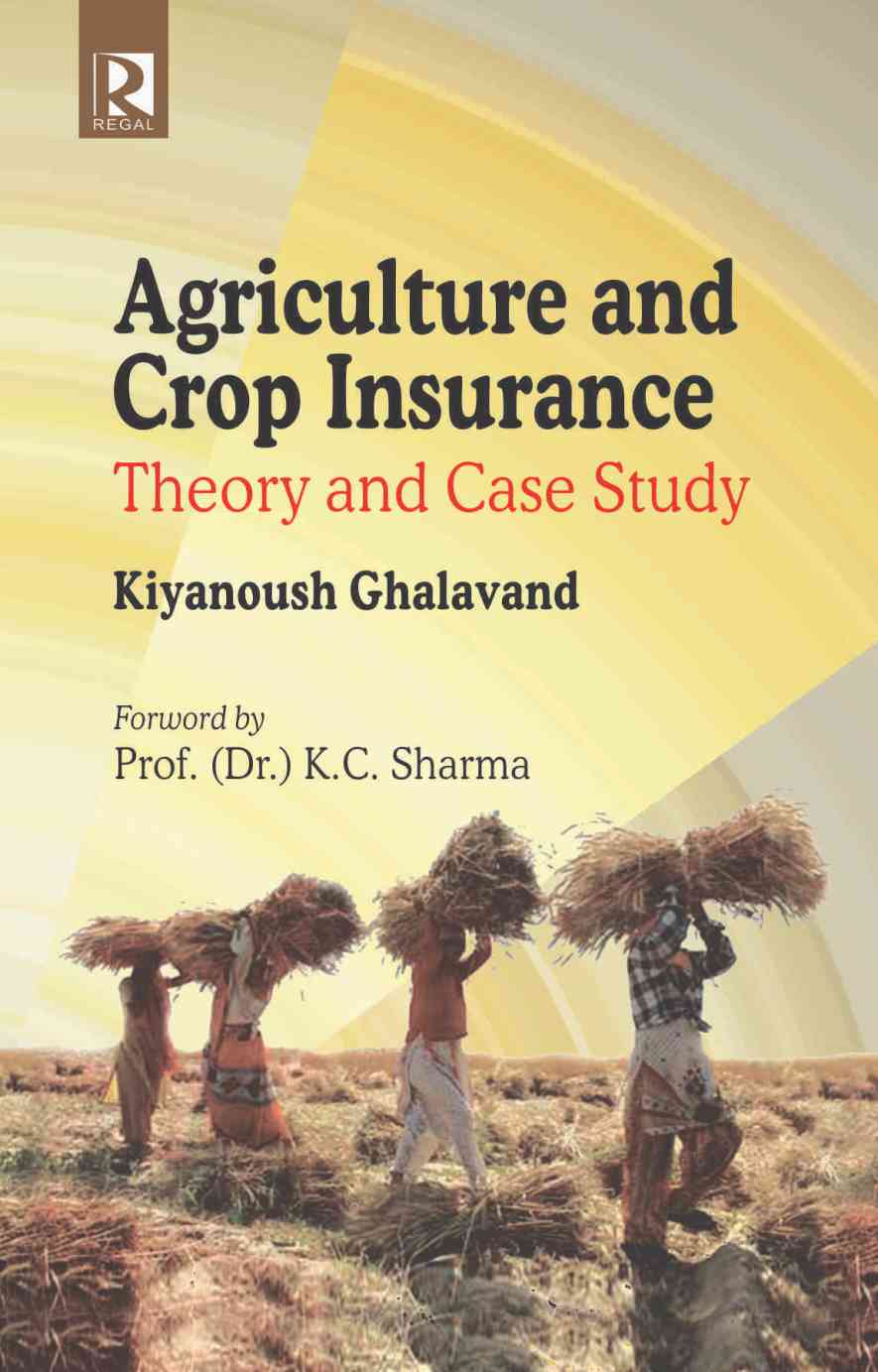Description
In “Dynamics of Poverty Alleviation Programmes,” Ajit Kumar Sinha provides a comprehensive analysis of poverty alleviation initiatives and their impact on socioeconomic development. Sinha, a renowned economist and scholar, delves into the complexities and challenges associated with poverty reduction programs, examining their effectiveness, limitations, and potential for long-term transformation. The book offers a rigorous exploration of various poverty alleviation strategies, drawing on empirical evidence, case studies, and theoretical frameworks. With a focus on both national and international contexts, Sinha presents a thought-provoking examination of poverty, offering fresh insights into the dynamics of poverty eradication efforts.
In this review, we will delve into the key aspects of Sinha’s work, including the summary, analysis, evaluation, comparison with other works, interpretation and themes, characterization of the book’s content, the author’s background, writing style, public opinion, pros, and the final verdict on the book’s value and contribution to the field.
Sinha’s “Dynamics of Poverty Alleviation Programmes” offers an encompassing overview of poverty reduction programs implemented worldwide. The book begins by establishing a conceptual framework to understand poverty and its multi-dimensional nature. Sinha explores the interplay of economic, social, and political factors that perpetuate poverty, providing a solid foundation for subsequent discussions.
Throughout the book, Sinha analyzes a range of poverty alleviation programs, including conditional cash transfers, microfinance, employment guarantee schemes, and community-driven development initiatives. He examines their objectives, design, implementation challenges, and outcomes, employing empirical evidence and case studies from diverse geographical contexts. Sinha critically evaluates the effectiveness of these programs in addressing poverty, highlighting both their successes and limitations.
Sinha’s analysis also sheds light on the role of institutions, governance structures, and policy frameworks in poverty reduction efforts. He emphasizes the importance of inclusive and participatory approaches, advocating for a bottom-up perspective in designing and implementing poverty alleviation programs. The book concludes with an exploration of future directions for poverty reduction, considering emerging trends and innovative approaches.
Sinha’s book stands out for its rigorous analysis and evaluation of poverty alleviation programs. The author draws on a wide range of scholarly research, statistical data, and case studies, providing a comprehensive and evidence-based assessment. Sinha’s systematic approach enables readers to grasp the complexities and nuances of poverty alleviation initiatives, while his critical evaluation offers valuable insights for policymakers, practitioners, and researchers.
One of the book’s strengths lies in its balanced perspective. Sinha neither overly romanticizes poverty alleviation programs as panaceas nor dismisses them as futile endeavours. Instead, he carefully examines their impact, highlighting successes and failures with an objective lens. This nuanced evaluation contributes to a more realistic understanding of poverty alleviation efforts, enabling readers to identify best practices and learn from past experiences.
Furthermore, Sinha’s exploration of the role of institutions and governance structures in poverty reduction is commendable. He emphasizes the need for transparent and accountable institutions that can effectively deliver poverty alleviation programs. Sinha enriches the scholarly discourse on poverty reduction strategies by addressing governance challenges and offering practical recommendations.
When comparing “Dynamics of Poverty Alleviation Programmes” with other books on poverty reduction, Sinha’s work stands out for its comprehensive scope and interdisciplinary approach. Unlike some works that narrowly focus on specific poverty alleviation programs or regions, Sinha takes a holistic view, incorporating a wide range of initiatives and contexts. This breadth allows readers to develop a more nuanced understanding of poverty and its underlying dynamics.
Moreover, Sinha’s emphasis on empirical evidence and case studies distinguishes this book from others that rely solely on theoretical frameworks. By grounding his arguments in real-world examples, Sinha ensures the relevance and applicability of his analysis. This approach strengthens the book’s value for both academics and practitioners working in the field of poverty alleviation.
Sinha’s book explores several overarching themes related to poverty alleviation. One central theme is the multidimensional nature of poverty, recognizing that poverty is not solely an economic issue but encompasses social, political, and cultural dimensions. Sinha delves into these interconnected dimensions, emphasizing the need for comprehensive strategies that address all aspects of poverty.
Another significant theme is the importance of inclusive and participatory approaches. Sinha argues that sustainable poverty reduction requires the active involvement of marginalized communities and their empowerment. Poverty alleviation initiatives can become more effective and transformative by involving the poor in decision-making processes and tailoring programs to their specific needs.
Additionally, Sinha highlights the significance of effective governance, institutions, and policy frameworks. He underscores the need for transparent and accountable institutions that can ensure the efficient delivery of poverty reduction programs. By analyzing the role of governance structures, Sinha underscores their critical role in the success of poverty alleviation efforts.
“Dynamics of Poverty Alleviation Programmes” primarily focuses on the subject matter of poverty alleviation rather than individual characters. However, the book provides numerous case studies and examples that showcase the experiences of individuals and communities involved in poverty reduction programs. Sinha skillfully portrays their struggles, successes, and challenges, thereby humanizing the issue of poverty and offering readers a deeper understanding of its impact on people’s lives.
About the Author:
Ajit Kumar Sinha is a distinguished economist and academic, widely recognized for his expertise in the field of poverty reduction and development economics. Sinha has extensive research experience and has contributed to numerous scholarly publications, making him a prominent authority on poverty alleviation strategies. His work has garnered international acclaim and has been influential in shaping policy discussions on poverty and development.
Sinha’s writing style is scholarly yet accessible, making complex concepts and theories comprehensible to readers from diverse backgrounds. His clear and concise prose allows readers to navigate through intricate discussions without feeling overwhelmed. Sinha effectively balances theory with practical examples, ensuring that readers can connect theoretical frameworks to real-world scenarios. The book is well-structured, with each chapter building upon the previous ones, creating a logical flow of ideas.
What People Say About This Book:
“Dynamics of Poverty Alleviation Programmes” has received widespread praise from both scholars and practitioners in the field. Experts have lauded Sinha’s comprehensive analysis, rigorous evaluation, and evidence-based approach. The book has been recognized for its contribution to the understanding of poverty dynamics and the effectiveness of poverty reduction programs. Many readers appreciate Sinha’s balanced perspective, which avoids oversimplification and offers practical insights for policymakers and implementers.
- Comprehensive and interdisciplinary approach
- Rigorous analysis and evaluation of poverty alleviation programs
- Balanced perspective, highlighting successes and limitations
- Emphasis on empirical evidence and case studies
- Exploration of institutional and governance challenges
- Engaging and accessible writing style










Reviews
There are no reviews yet.